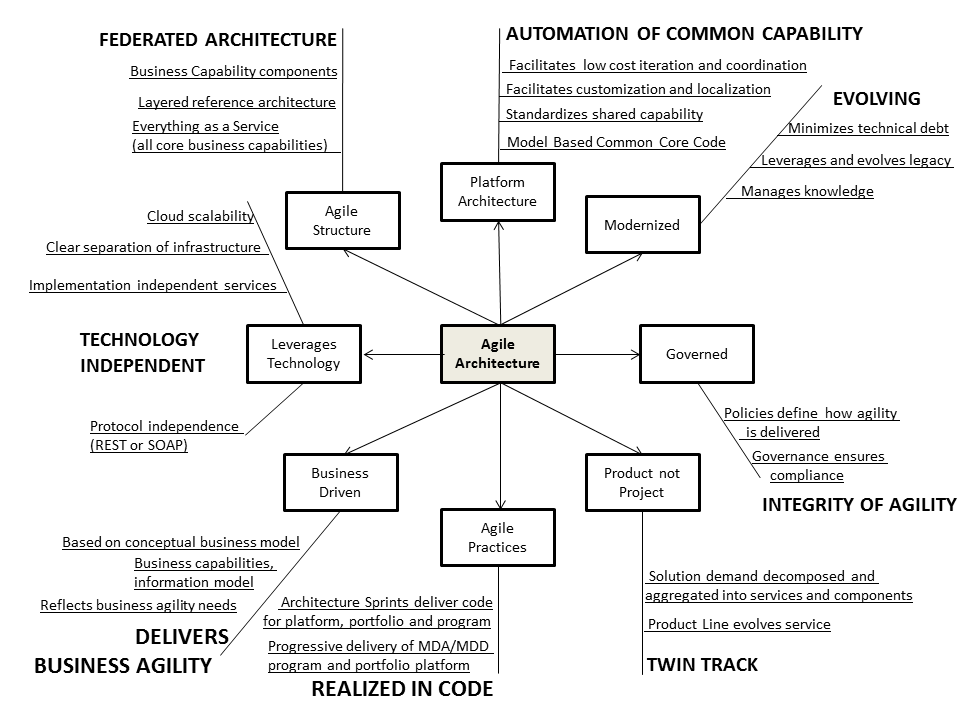… often follows what Freud called “kettle logic“.
“The problem doesn’t exist, and anyway it isn’t a problem for us, and anyway we’re already dealing with it.”
Imagine we ask a manager whether her organization experiences any of the Symptoms of Organizational Stupidity. Suppose she denies it, or says it doesn’t matter. Guess what – defensive denial is one of the symptoms on the list.
In 2008, Blockbuster CEO Jim Keyes expressed some bewilderment at his competitor’s success.
“I’ve been frankly confused by this fascination that everybody has with Netflix. … Netflix doesn’t really have or do anything that we can’t or don’t already do ourselves.”
Denial is a key phase in the hype curve for new ideas (especially but not exclusively technological ones). A concept is rejected as meaningless, dangerous and/or unnecessary, while simultaneously being bundled together with earlier concepts.
“That concept doesn’t make sense, and even if it did it wouldn’t be technologically feasible, and anyway we already have a perfectly good word for it and lots of people are already doing it so we don’t need a new word.”
Brian Klapper, When Corporations Cannot Adapt (aka Fear the Kid in the Black t-shirt) (January 2013)
Related Posts: The Dynamics of Hype (Feb 2013)


